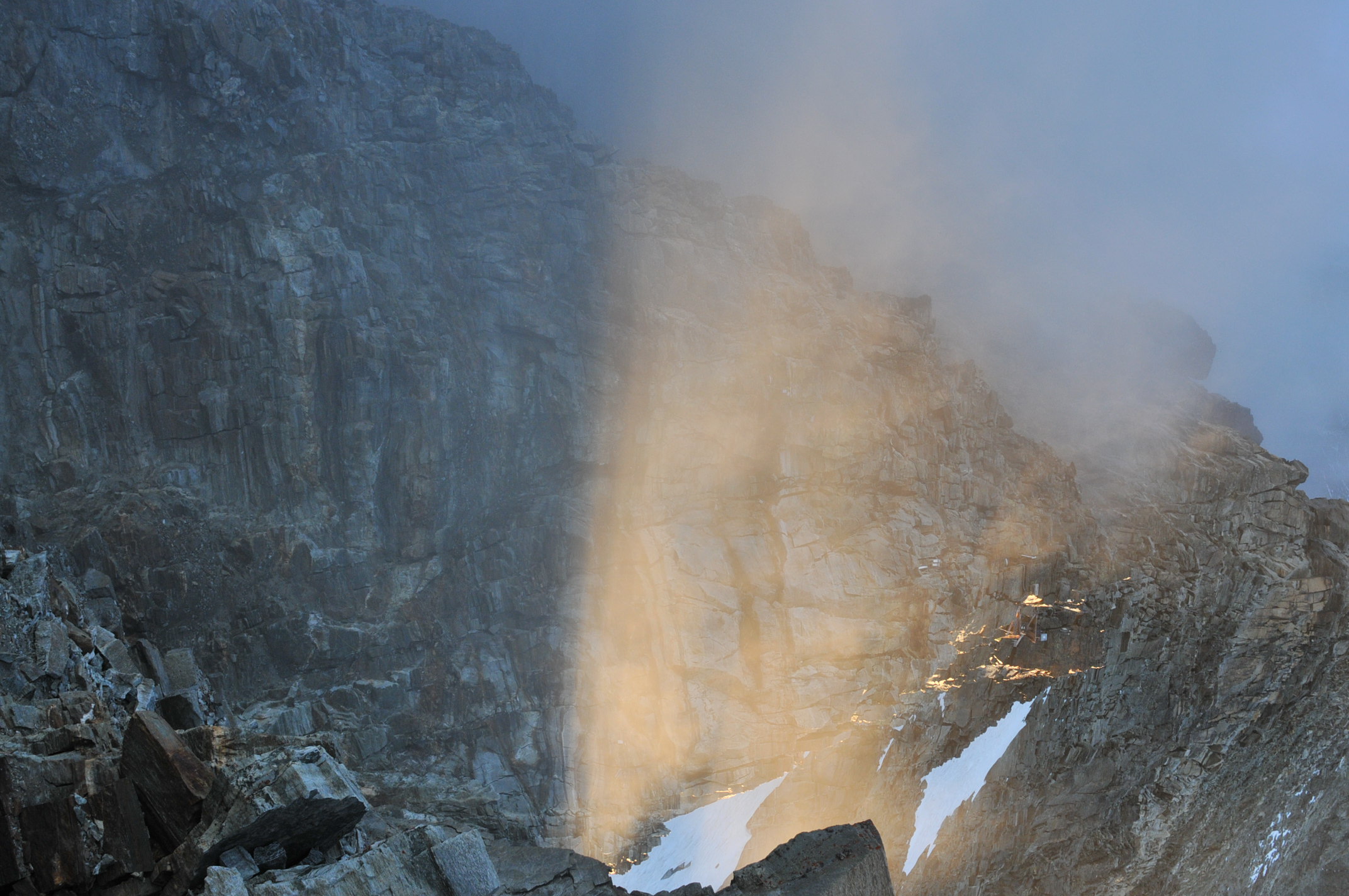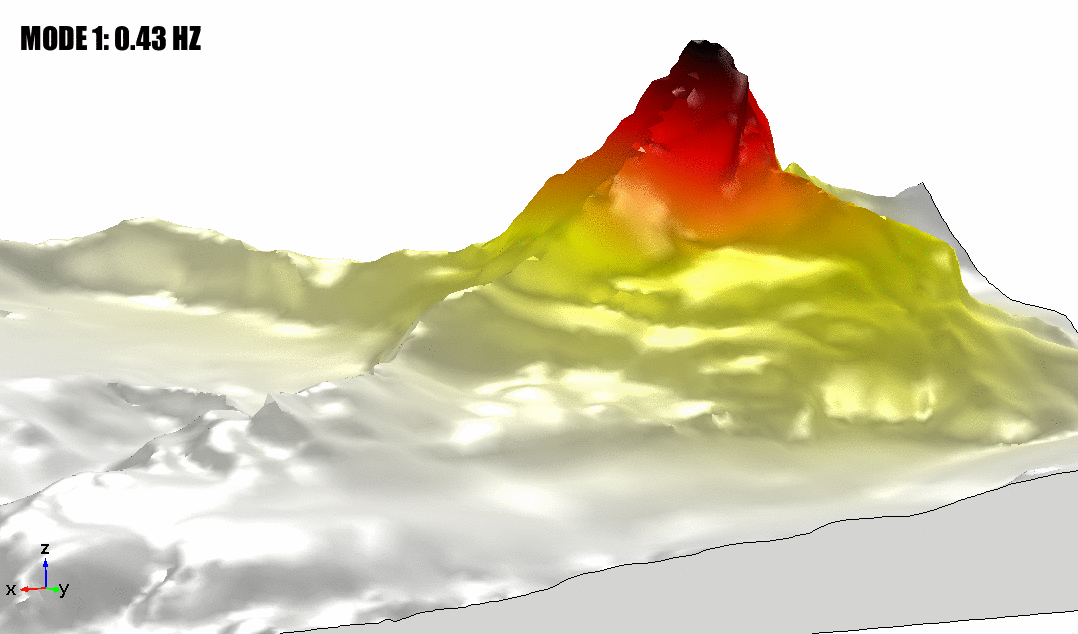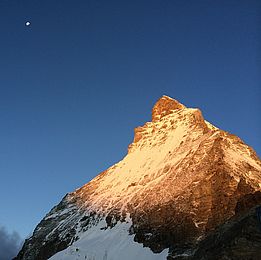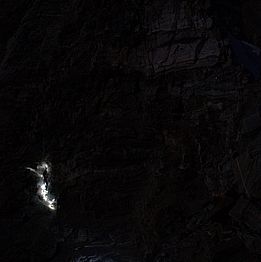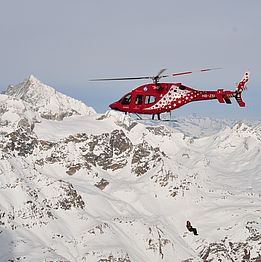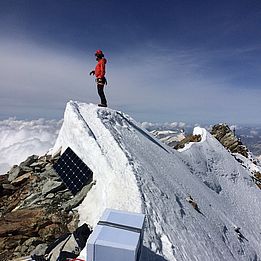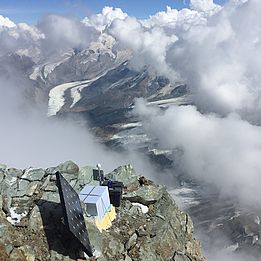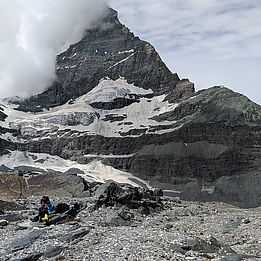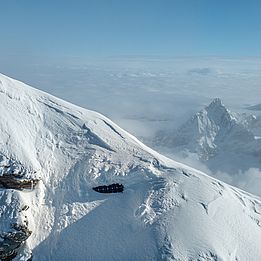I graduated from University of Zurich (Switzerland) in August 2018. My PhD thesis entitled “Rock slope dynamics in bedrock permafrost: insights across scales” focused on the acquisition and analysis of unique time series (up to 10 years of fracture kinematics data and 3 years of broadband acoustic/micro-seismic data) in steep mountain permafrost, contributed to an improved understanding of frost cracking as well as rock slope movement and constitutes a baseline for future early warning systems. After a postdoc position at ETH Zurich, I obtained a competitive fellowship research post at TU Munich. I then gained practical experience in the private company SensAlpin, where I was responsible for implementing warning and alarm systems for alpine natural hazards. Since autumn 2021, I have been a member of the permafrost research group in the Climate Change, Extremes, and Natural Hazards in Alpine Regions Research Center CERC at SLF in Davos.
My research visions are (1) to contribute towards improving the understanding of processes in mountain permafrost leading to rock slope destabilization or potentially preparing rock slope failure and (2) to monitor critical locations by combining different observations with the goal of designing an early warning system for rock slope instabilities. In this context the role of water will be investigated, using in-situ measurements and numerical modeling.
My research interests concern mountain environments and climate change, especially (1) steep alpine permafrost, (2) cryospheric controls on slope movement and stability in a changing alpine cryosphere and (3) process understanding and quantification of phenomena in mountain permafrost with instrumentation, measurements and models.

